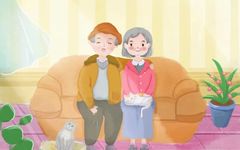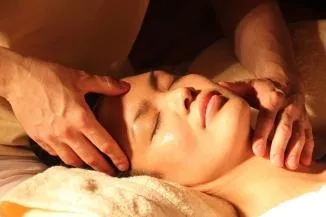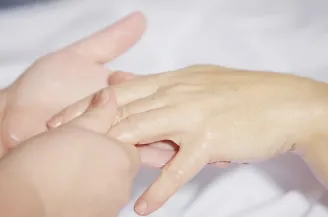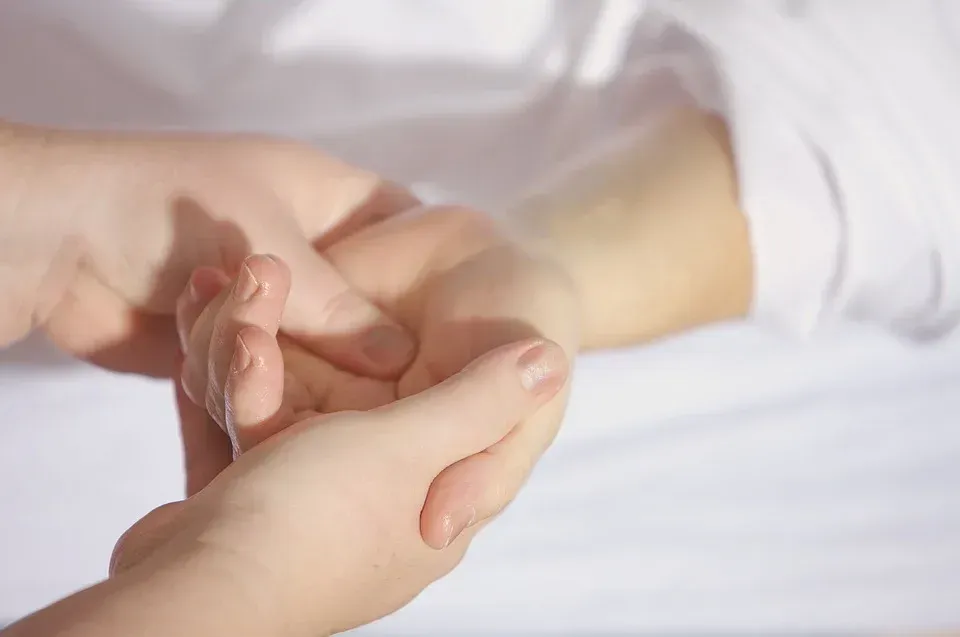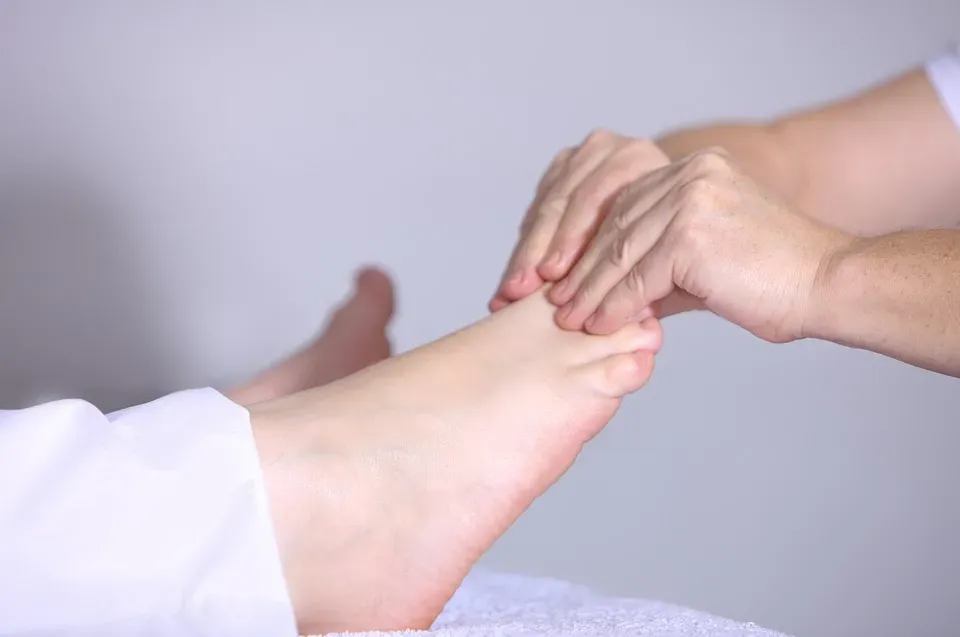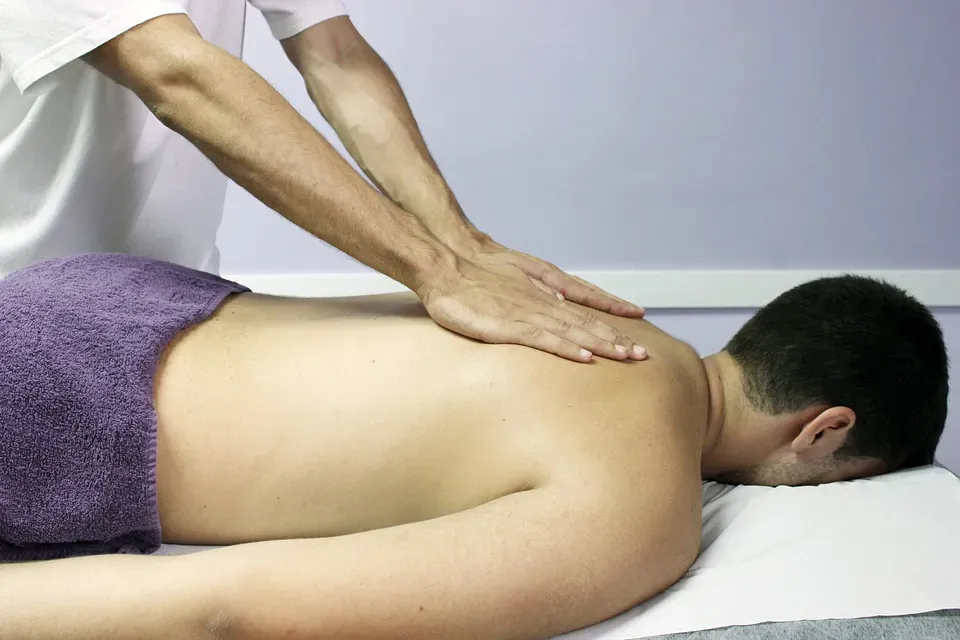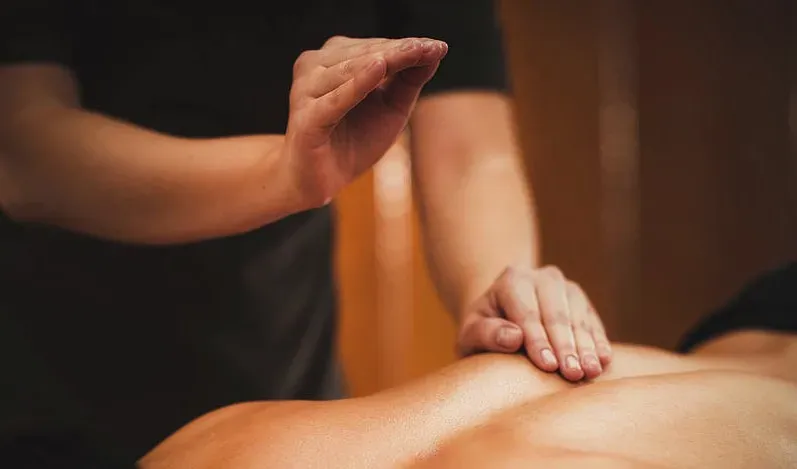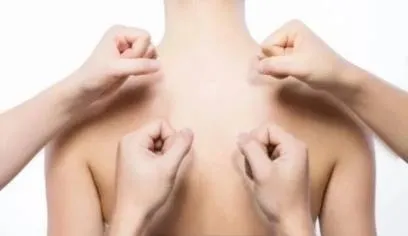|


Basic Concepts and Knowledge
01中医养生保健 (Traditional Chinese Medicine Health Preservation) refers to health care activities guided by TCM theories, utilizing various methods to enhance physical fitness, prevent diseases, and prolong life.
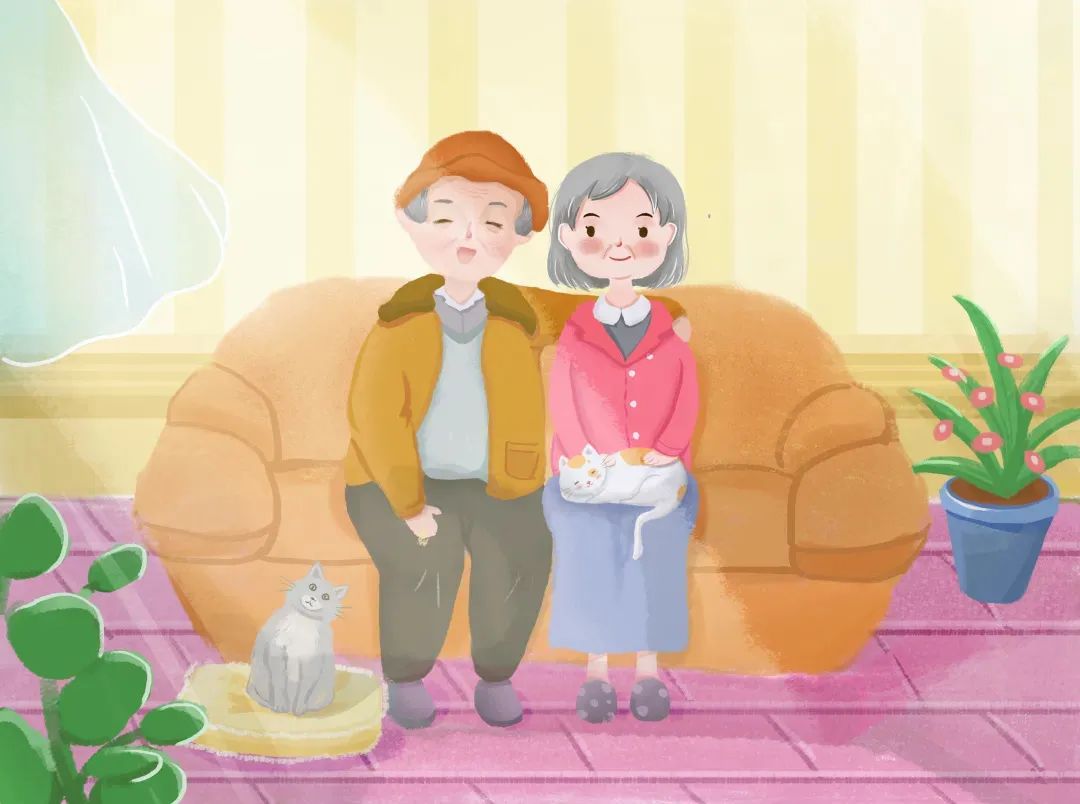
02The philosophy of TCM health preservation is to align with nature, maintain a balance of Yin and Yang, and adapt to individual differences.03Emotional well-being, diet, daily routines, and exercise are the four cornerstones of TCM health preservation.04TCM health preservation emphasizes comprehensive care and regulation, starting from youth and maintaining consistency.
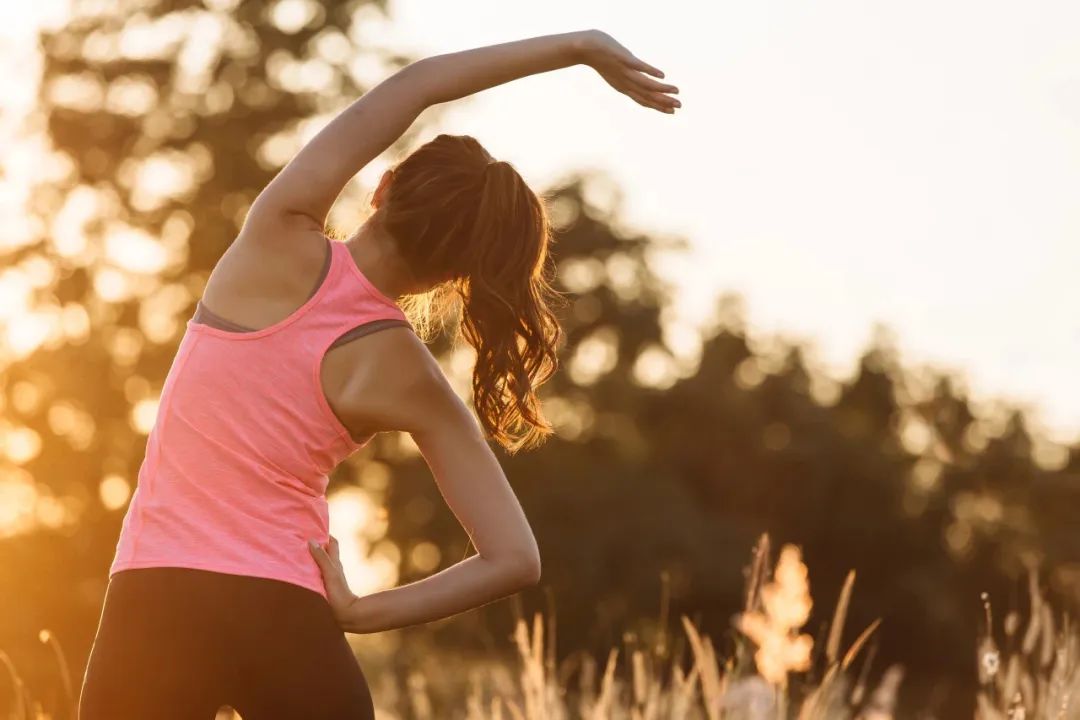
05The TCM concept of “preventing disease before it occurs” encompasses the entire process of health and disease, mainly including three stages: first, “preventing disease before it occurs”; second, “preventing changes in existing diseases”; and third, “preventing recurrence after recovery”.06TCM health care utilizes the natural properties of herbs to regulate the balance of Qi, blood, Yin, and Yang in the body. When taking herbal medicine, one should consider differences in age, constitution, and season.07Food and medicine share the same source. Commonly used dual-purpose herbs include: honey, yam (Shan Yao), lotus seeds (Lian Zi), jujube (Da Zao), longan flesh (Long Yan Rou), goji berries (Gou Qi Zi), walnut kernels (Hua Ren), Poria (Fu Ling), ginger (Sheng Jiang), chrysanthemum (Ju Hua), mung beans (Lu Dou), sesame (Zi Ma), garlic (Da Suan), Sichuan pepper (Hua Jiao), and hawthorn (Shan Zha).
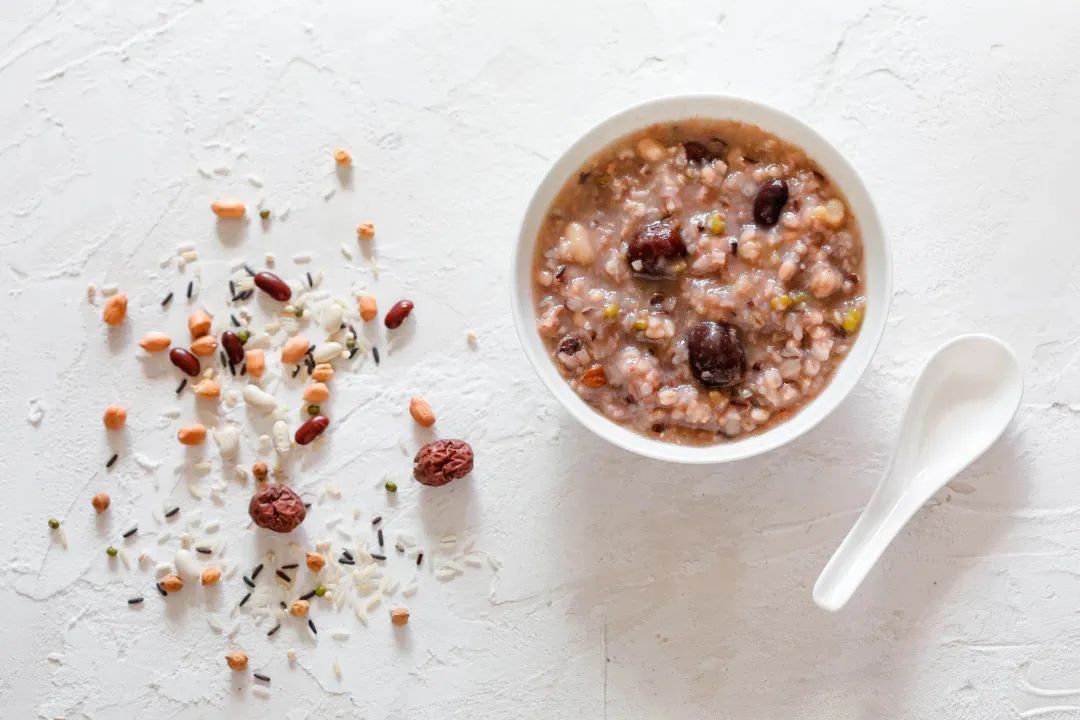
08The five major acupuncture points for TCM health care are: 膻中 (Zhongfu), 三阴交 (Sanyinjiao), 足三里 (Zusanli), 涌泉 (Yongquan), and 关元 (Guanyuan).09The basic methods of self-acupressure include: point pressing, kneading, pinching, grasping, rubbing, tapping, and pounding.10Gua Sha (scraping therapy) can invigorate blood circulation, relax muscles, unblock meridians, relieve depression, and dispel pathogens.

11Cupping therapy can dispel cold and dampness, remove blood stasis, alleviate swelling and pain, and eliminate toxins and heat.12Moxibustion can promote Qi circulation, invigorate blood flow, and warm the meridians.13When decocting herbal medicine, avoid using aluminum or iron cooking vessels.
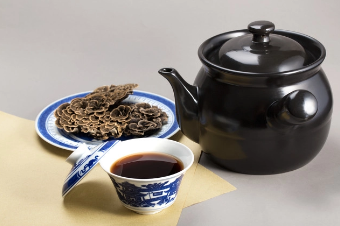

Healthy Lifestyle and Behavior
14Maintain a calm mindset, adapt to social conditions, and live and work with a positive and optimistic attitude.
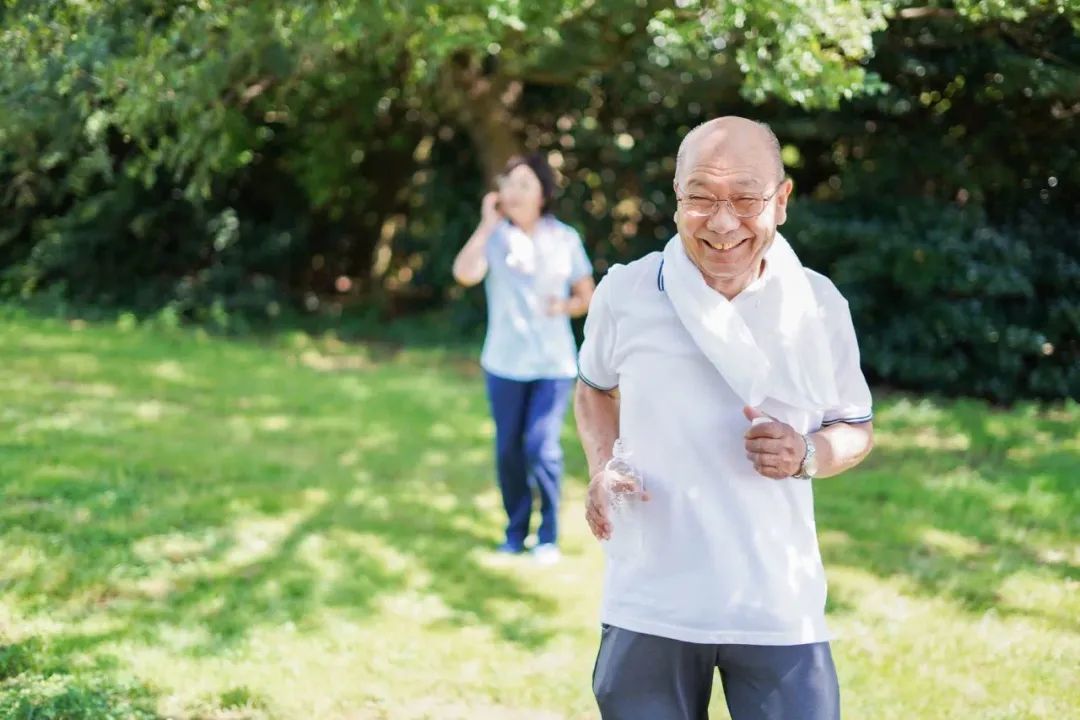
15Maintain regular daily routines, align with the natural changes of day and night, and the seasons, and persist in these practices.16Seasonal living tips: In spring and summer, it is advisable to sleep late and rise early; in autumn, sleep early and rise early; in winter, sleep early and rise late.17Diet should focus on a balanced combination of grains, vegetables, fruits, and poultry, avoiding picky eating and cravings.
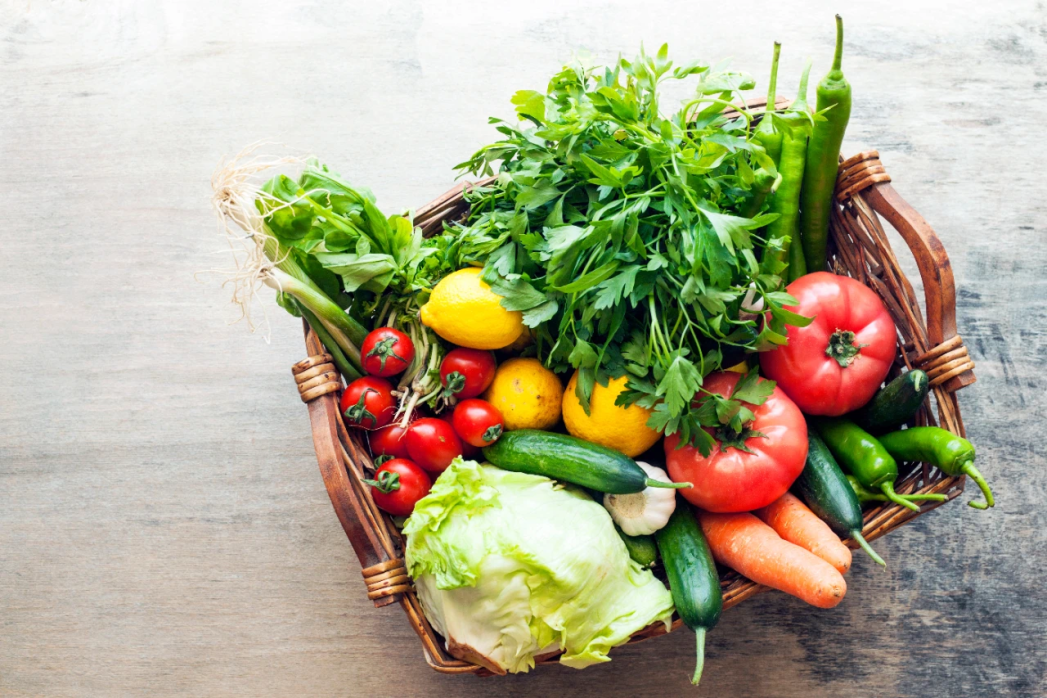
18Chew food thoroughly and eat slowly, avoiding overeating. During meals, focus on eating and maintain a pleasant mood.19Breakfast should be substantial, lunch should be filling, and dinner should be light.20Wash hands before meals and rinse mouth after meals.
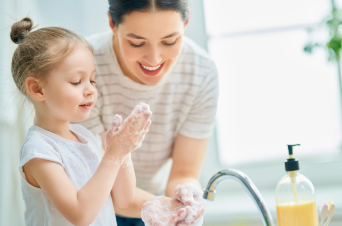
21Women experience physiological cycles such as menstruation, pregnancy, lactation, and menopause, each with unique health preservation characteristics.22Avoid smoking and limit alcohol consumption to reduce the occurrence of related diseases.23As people age, their feet age first; foot baths have excellent health-preserving effects.
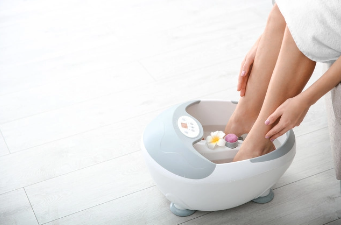
24Moderate sexual activity; desires should not be suppressed nor indulged excessively.25Individuals with weak constitutions may need appropriate nourishment in winter.26Do not overfeed children.
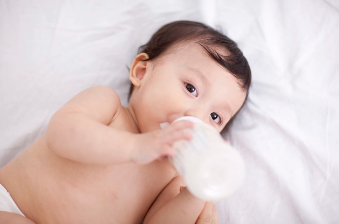
Common Self-Acupressure Techniques
Common self-acupressure techniques for the elderly include point pressing, kneading, pinching, grasping, rubbing, tapping, and pounding. Learning some acupressure knowledge can help with self-care at home.
|
Point Pressing |
Kneading |
|
Pinching |
Grasping |
|
Rubbing |
Tapping |
|
Pounding |

Department Overview

The TCM Department of Anyuan District Maternal and Child Health Hospital is a key specialty of the hospital, currently having more than 20 professional technical personnel, including 2 renowned TCM doctors and 5 experts above the level of attending physician. It has TCM outpatient services, inpatient services, acupuncture, moxibustion, and massage therapy rooms.
Focusing on maternal and child health policies, combining clinical practice with health care, and collaborating with clinical departments to develop a TCM and Western medicine integrated model, actively conducting the prevention and treatment of respiratory system diseases in pediatrics through herbal medicine and external treatment methods; in obstetrics, actively promoting postpartum TCM rehabilitation, providing reasonable dietary and lactation guidance to facilitate postpartum recovery. Under the guidance of the “preventing disease before it occurs” philosophy, with a holistic view and the concept of harmony between heaven and humanity, we conduct health care for children’s constitution during the summer solstice. In the comprehensive department, we actively carry out integrated TCM and Western medicine treatment for internal diseases. Our department adheres to the service principle of “people-oriented” and is willing to provide professional and reliable TCM and herbal services to all sectors of society.
Special TCM Treatment Projects Offered by Our Department:
Pediatric massage, acupuncture, heat-sensitive moxibustion, cervical spine massage, tennis elbow massage, lumbar spine massage, knee joint massage, acupuncture point embedding, needle knife therapy, fire needle therapy, bloodletting, floating needle therapy, ear acupuncture, ear seed therapy, San Jiu plaster, San Fu plaster, and moxibustion.
Common Conditions Treated by TCM Health Care:
1. Gynecology: fetal movement disorders (early signs of miscarriage), dysmenorrhea (primary), pelvic inflammatory disease, irregular menstruation, abnormal vaginal discharge;
2. Pain management: cervical spondylosis, shoulder pain, lumbar spondylosis, arthritis, gout, herpes zoster, etc.;
3. Neurology: facial nerve paralysis, stroke rehabilitation, cerebral palsy, headaches, etc.;
4. Internal medicine: colds, coughs, stomach pain, hypertension, type 2 diabetes, coronary heart disease, etc.;
5. Pediatrics: indigestion, malnutrition, colds, coughs, constipation, diarrhea, scoliosis rehabilitation, etc.
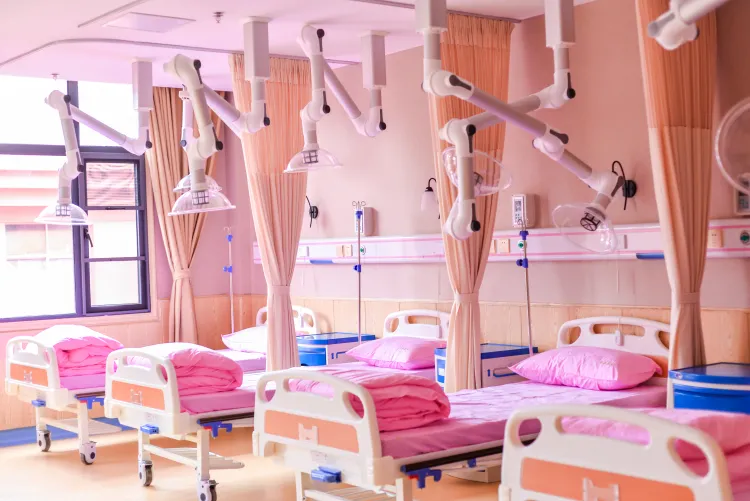

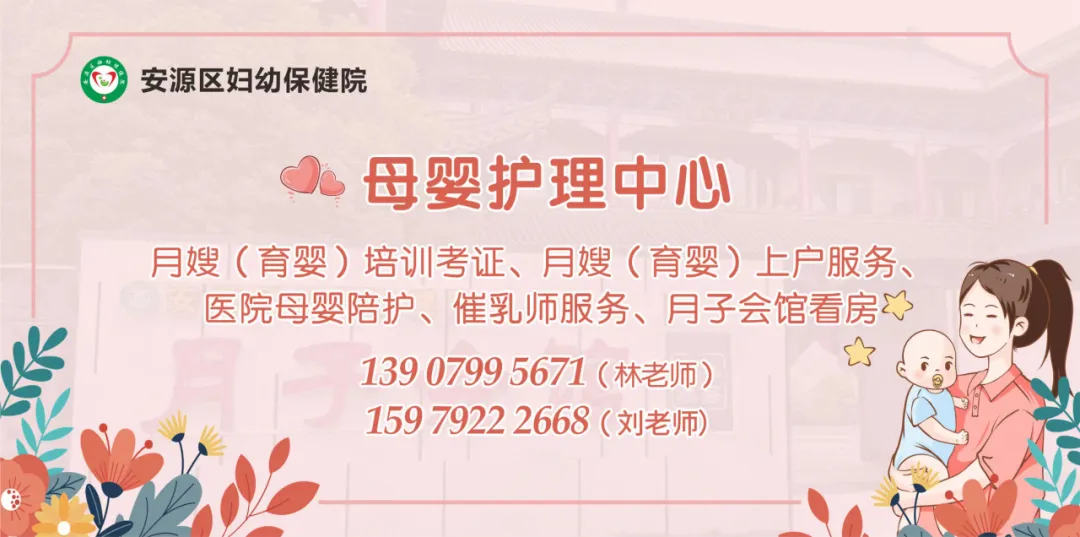
Editor: Huang Jia
Proofreader: Peng Weiwei
Reviewer: Su Fang

